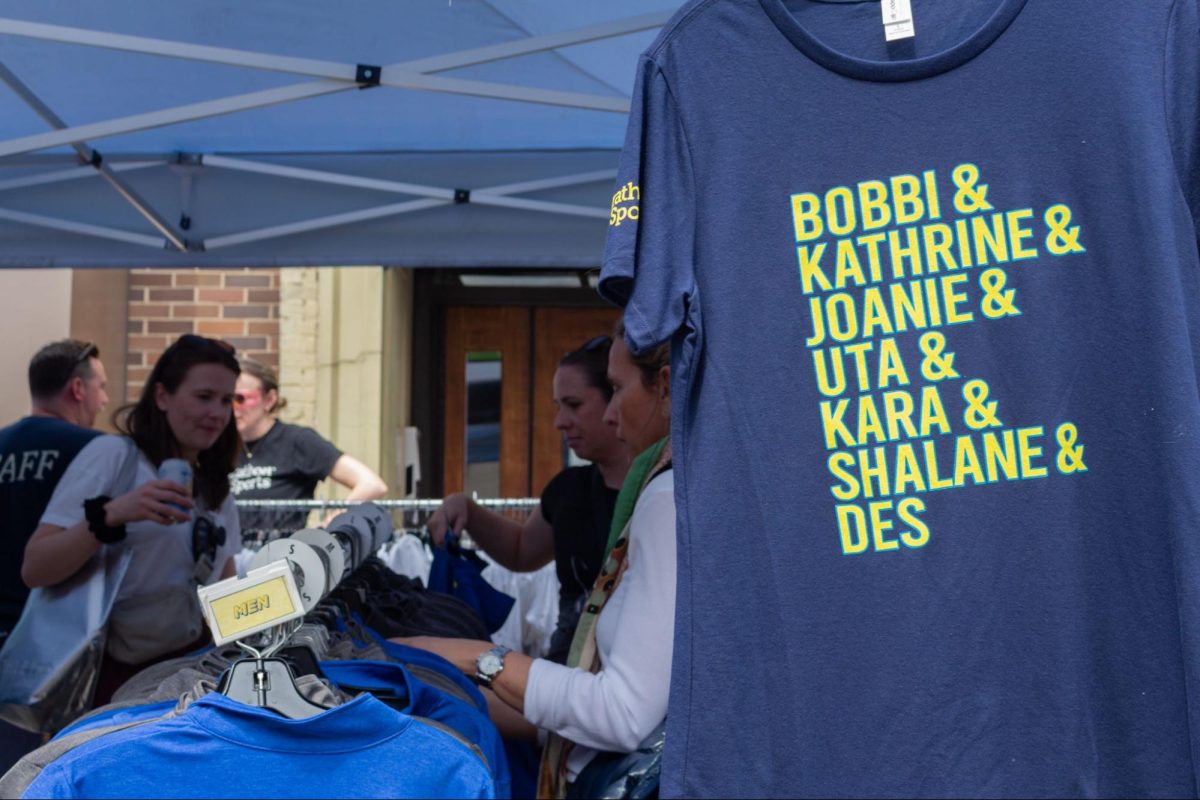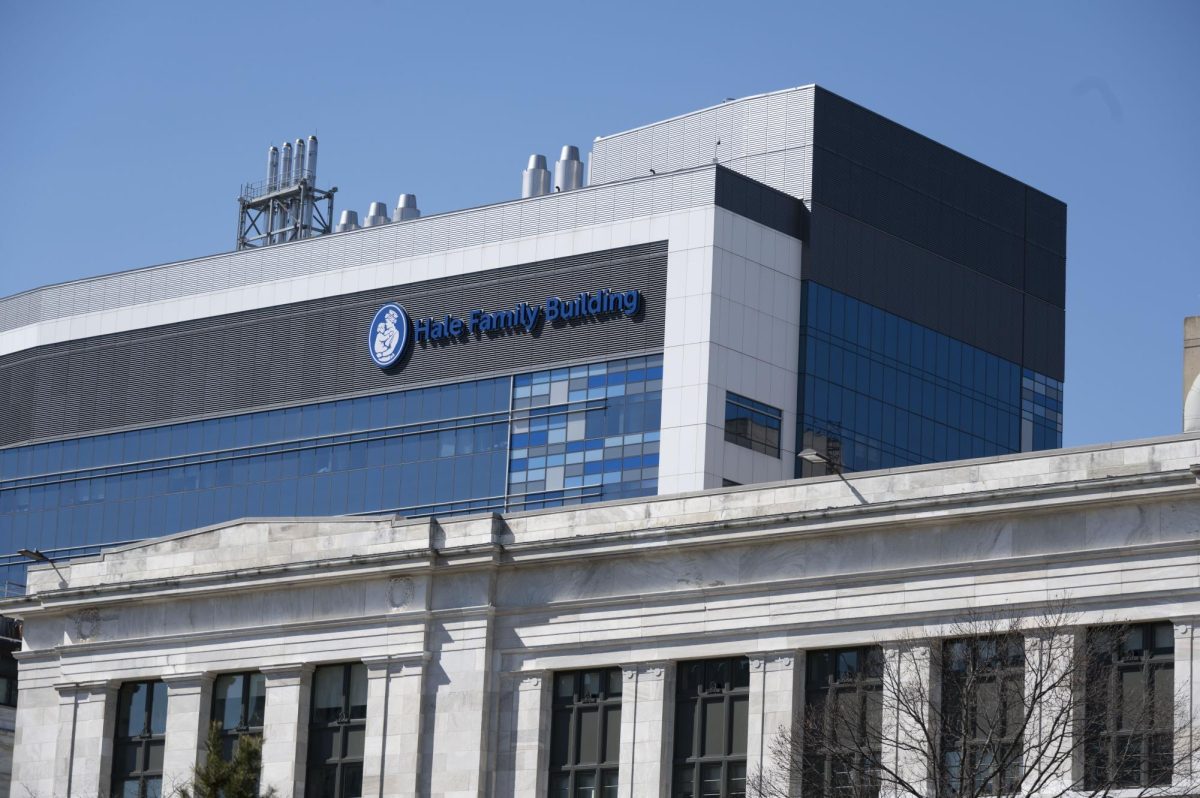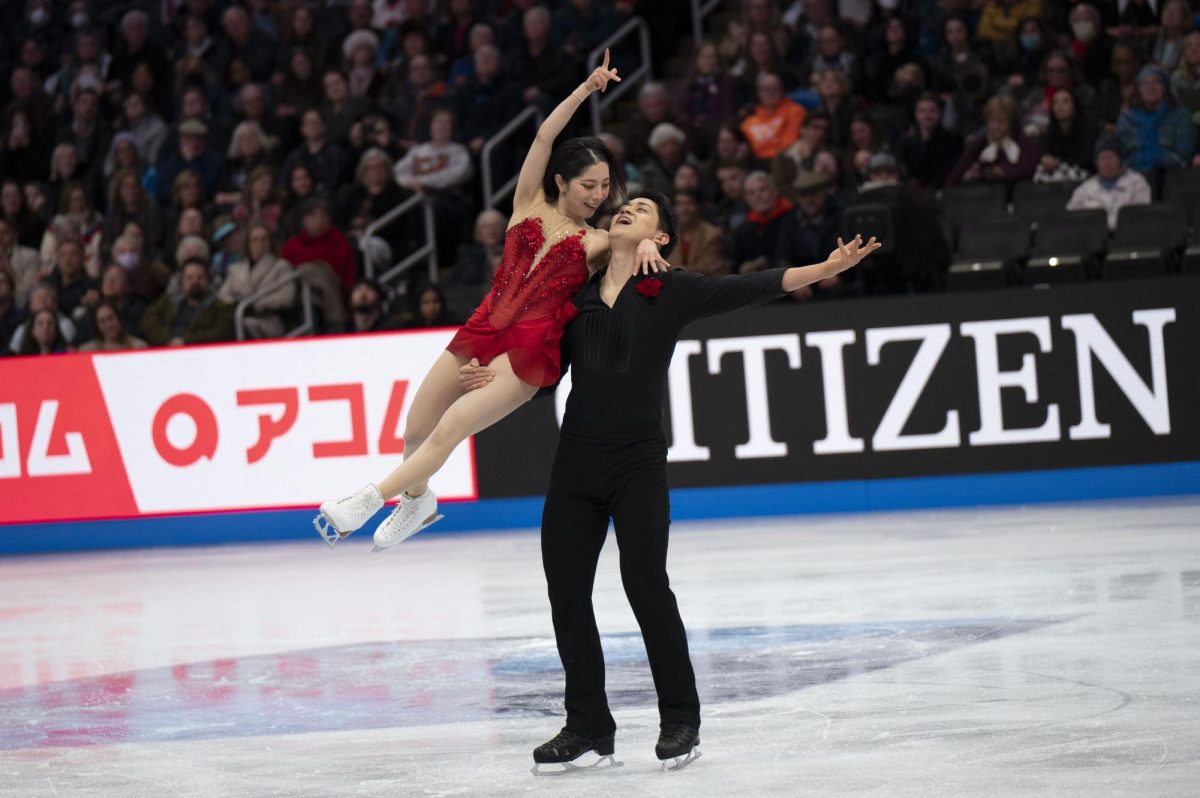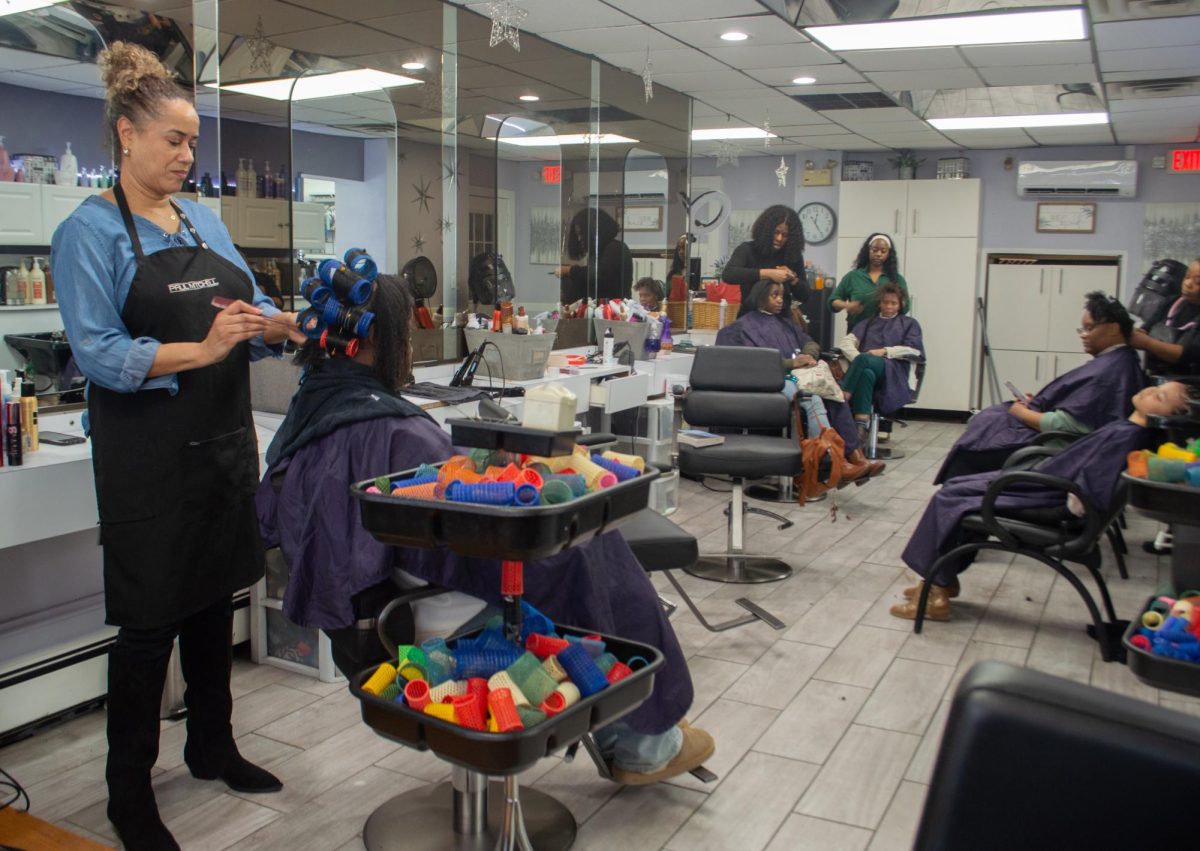
By Emma McGrath, News Correspondent
In an official preview of Northeastern’s planned developments over the next 10 years, the university unveiled a series of changes that could increase academic space for students, but greatly decrease available parking.
On Dec. 21, the university filed its Institutional Master Plan Notification Form (IMPNF), which is not the final draft of the development plan, with the city of Boston.
The IMPNF calls for as much as 2.5 million gross square feet of academic and student-life space, including athletic facilities and additional housing. The university plans to place several of the new developments on land that now houses parking lots, raising concerns as to where the cars will go.
“It’s ridiculous, where do they expect people to park?” said Rohit Malrani, a middler finance major. “If you take away parking it just gives people less of a reason to go here.”
According to the notification form, the Columbus Lot is a major potential development site, for which a new building complex, classrooms, studios and event space are being considered. The North Lot is also a proposed construction area, and may be used for general academic “swing space.” The Gainsborough Garage and Burke Street Parking Lot could be replaced as well.
Northeastern Vice President of City and Community Affairs John Tobin said that despite the seemingly severe loss of parking, the university is committed to parking availability, and is working under the guidance of city transportation committees.
“A building does not get built without a show of where we’re gonna put the cars,” he said. “So you may see some cars go underneath buildings and sunken down parking garages. We have a certain amount of parking spaces on the campus that are leased by other outside third parties, and when they expire, we can take them back for our own use.”
On whether cars may be relegated to the street, Tobin said, “It’s possible.” He went on to say, however, that city regulations and traffic analyses ensure responsible development with regard to parking.
“You can imagine, when you build a building, how many committees and how many groups you have to go before to get different approvals. Checks and balances, that’s just the way it is. So I wouldn’t be overly concerned about that,” he said.
Members of the Community Task Force, a group of neighboring residents the university consults on proposed developments, could not be reached for comment Wednesday night.
Gerald Autler, Senior Project Manager at the BRA, said that while Northeastern would need to provide sufficient parking for its current volume of students, long-term goals would include the reduction of cars on campus.
“They’re in one of the most transit-rich locations in the city,” Autler said. “Surrounding Ruggles Station, they have commuter trains, the Orange Line, many different bus lines, and then the Green Line on Huntington Ave. There’s bike sharing now run on campus. So I think Northeastern is well-positioned to minimize dependence on private automobiles.”
But for some students, especially those on co-op, worry that a reduction in parking space will hinder their ability to commute outside of the city.
“There’s so many kids who bring their cars here for co-op,” Malrani said. “There’s still a lot of commuters here and they need somewhere to park.”
Autler said the potential changes at Northeastern would benefit not only Northeastern students, but also the community at large.
“For example, the edge along Columbus Ave., which is not really a great edge to the campus or a great interface with the neighborhood, we see a lot of potential for improving that based on the academic complex that’s proposed there,” he said.
Tobin echoed that sentiment.
“I think a lot of people say, ‘We like what you’ve done with your campus over the years, and it’s beautiful, but you really need to improve your edges.’ In a lot of ways, we really show our backside to Roxbury,” he said. “How do we improve that? I think if you look at a top-notch science building on that Columbus surface lot, combined with [redoing] Carter playground, we’ll have some pretty extraordinary things.”
Columbus Avenue, Autler said, isn’t the only street that could receive a facelift.
“Along Huntington Ave., the Cabot cage, the replacement of that with a more mixed-use facility that can add to the public realm and street life…The proposals for Gainsborough Street and St. Botolph Street, we’ll see a lot of potential for that intersection,” he said.
Autler emphasized, however, that this IMP process remains in its infancy, and that public opinion will continue to be taken into account.
“This is the beginning stage of a review process,” he said. “We’re still collecting public comments, comments from our own staff and from other city agencies…and undoubtedly there will be some things that get changed about the plan, whether those are big things or small things.”
Tobin delivered a similar assurance, and pointed to the Task Force as evidence of Northeastern’s commitment to community input.
“There’s a task force made up of about 16 people who live and work in what I would call the NU wheelhouse, which is outside of our campus – Roxbury, lower Roxbury, Mission Hill, and the Fenway. They’re sitting there at the table with us, the meetings are open to the public, and they, in essence, represent their neighbors. And there’s give and take,” he said.
He also stressed that the university’s main obligation is to its students, and ensuring that Northeastern continues to rise as a top-tier institution by increasing its on-campus offerings.
“You look at ten years ago, there were 28,000 applicants…last year there were 44,000. The numbers are probably higher this year…but when you get that caliber of students, their choices for universities are that much greater. We have to stay competitive with those stop echelon universities in terms of their offerings so we can continue to attract top-notch students from across the world,” he said.
In the end, Tobin said, Northeastern can only expand and grow with the support of the surrounding communities.
“It takes money, but it also takes relationships. In your neighborhood, if you wanna borrow a pint of milk, and you knock on your next-door neighbor’s, and you’re a jerk, they’re probably not answering the door,” he said. “We’re at a point, I think, where if we wanna build stuff, the neighbors say, ‘You and your students have been good neighbors in all of these aspects, so go ahead. We’re all gonna benefit from it.’”
But promises of improved community relations did little to reassure students who rely on their cars to get to school and work.
Standing in the Columbus parking, mechanical engineering graduate student Tian Liu seemed taken aback that the university would even consider replacing the lot.
“Look at how many cars there are always here,” he said. “This lot is necessary.”








